A few days ago, I launched a free memoir writing challenge.
I began by referring to Cynthia Rylant’s picture book In November.
If you have not read that post yet, please do. In that post, I showed how Rylant had captured the essence of November in precious few words, and I asked the participants of this challenge to begin a list of words that describe the Novembers of their own lives. Yesterday’s exercise was to condense your list of words to six. I asked you to develop those six words into six separate writing prompts for yourself.

I further asked you to delete every abstract concept from that list and added that I want you to only consider words that are concrete–words that you can easily find photographs to illustrate.
For instance, “love ” is an abstract concept. “Family “is abstract. “Tree,” however is a concrete word.
One of the main goals of this memoir writing challenge is to help you become a better writer of description. It is much easier to describe concrete words than it is to describe abstract concepts.
In Rylant’s picture book In November, she talks about November’s trees in clear, but highly charged words.
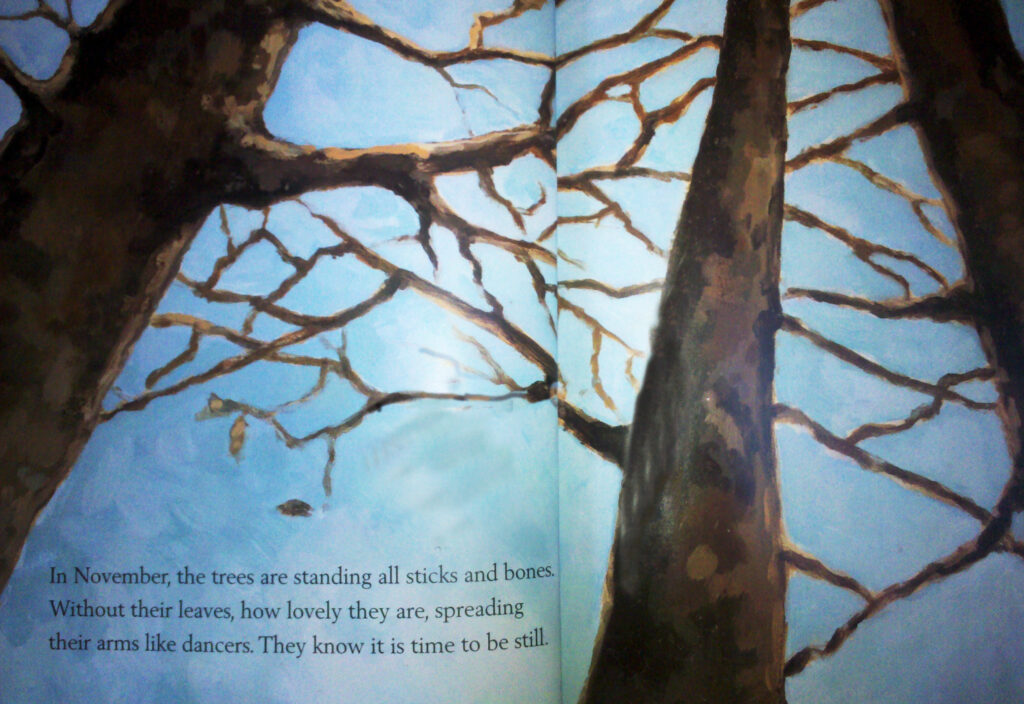
“In November, the trees are standing all sticks and bones. Without their leaves, how lovely they are, spreading their arms like dancers. They know it is time to be still.” – Cynthia Rylant, In November
Rylant’s description of wintry trees is brilliant. It is terse. It is powerful, and it is a potent use of figurative language. The “trees are like dancers” is a simile. The spreading arms of the trees is an example of personification. When Rylant talks about the stillness of the trees, she alludes to the stillness of winter.
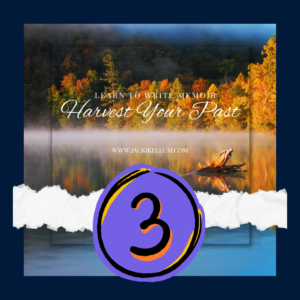
Exercise for Day 3
Today, we will add similes and metaphors to the sentences that we wrote yesterday.
“A man is like a lion” is a simile. A simile includes the words “like” or “as.”
Let’s look for the metaphors in the words to the following song “The Rose:”
The Rose
by Amanda McBroom
Sung by Bette Midler
Some say love, it is a river
That drowns the tender reed.
Some say love, it is a razor
That leaves your soul to bleed.
Some say love, it is a hunger, an endless aching need.
I say love, it is a flower,
And you, its only seed.
It’s the heart, afraid of breaking,
That never learns to dance.
It’s the dream, afraid of waking,
That never takes the chance.
It’s the one who won’t be taken,
Who cannot seem to give.
And the soul, afraid of dyin’,
That never learns to live.
When the night has been too lonely,
And the road has been too long,
And you think that love is only
For the lucky and the strong,
Just remember in the winter
Far beneath the bitter snows,
Lies the seed, that with the sun’s love,
In the spring becomes The Rose.
Writer(s): Mc Broom Amanda
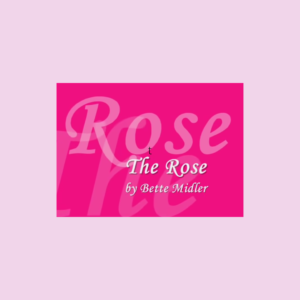
Again, “The Rose” is loaded with metaphors. Let’s look at how those metaphors work”
“love, it is a river”
“Love, it is a river” is a metaphor. By saying that love IS a river, the writer is tapping into all the things that we know about rivers, and the writer is asking us to connect our understanding of rivers to love. In doing so we, the readers, can glean a better understanding of the totality of what the writer is saying.
Rivers are major themes in literature. In some literature, rivers are pathways to freedom.

In The Adventures of Huckleberry Finn, The Mississippi River is symbolic of freedom in two ways.
- By traveling UP the Mississippi River–to the North–the enslaved Jim is traveling toward an end to his enslavement.
- As Huck rides along the river, he is seeking freedom from his brutal father.
Paul Robeson painted the freedom of the Mississippi River in the song Ol’ Man River–in the movie Showboat.
In other literature, rivers represent the flow of life itself.

In the following song, Proud Mary is a Riverboat, and the Big Wheels are the paddle wheels that propel the boat up or down the river.
More References to Rivers in Literature:
“TWENTY bridges from Tower to Kew –
Wanted to know what the River knew,
Twenty Bridges or twenty-two,
For they were young, and the Thames was old
And this is the tale that River told:”
― Rudyard Kipling“On and on they flew, over the countryside parceled out in patches of green and brown, over roads and rivers winding through the landscapes like strips of matte and glossy ribbon.”
― J.K. Rowling, Harry Potter and the Deathly Hallows“Eventually, all things merge into one, and a river runs through it. The river was cut by the world’s great flood and runs over rocks from the basement of time. On some of the rocks are timeless raindrops. Under the rocks are the words, and some of the words are theirs.”
― Norman Maclean, A River Runs Through it and Other Stories“Have you also learned that secret from the river; that there is no such thing as time?” That the river is everywhere at the same time, at the source and at the mouth, at the waterfall, at the ferry, at the current, in the ocean and in the mountains, everywhere and that the present only exists for it, not the shadow of the past nor the shadow of the future.”
― Hermann Hesse, Siddhartha
In saying that love is a river, the writer has tapped into deep emotional wells within the reader’s soul. Metaphors and similes are shortcuts to emotional understanding.
Roses are often used as literary symbols.
Sometimes a rose’s Thorns, and not the Flower, are the symbols in a literary piece.
There’s A Thorn Tree in the Garden
by Bobbie Whitlock – Derek and the Dominoes
[Verse 1]
“There’s a thorn tree in the garden
If you know just what I mean
And I hate to hurt your feelings
But it’s not the way it seems, ’cause I miss her.”
Roses are often used as literary symbols.
Faulkner’s allusion to roses in A Rose for Emily is an intriguing use of symbolism. Faulkner was a master craftsman, and no one [except probably Faulkner] is quite sure what the rose symbolizes in his story.
The entire story is a symbol.
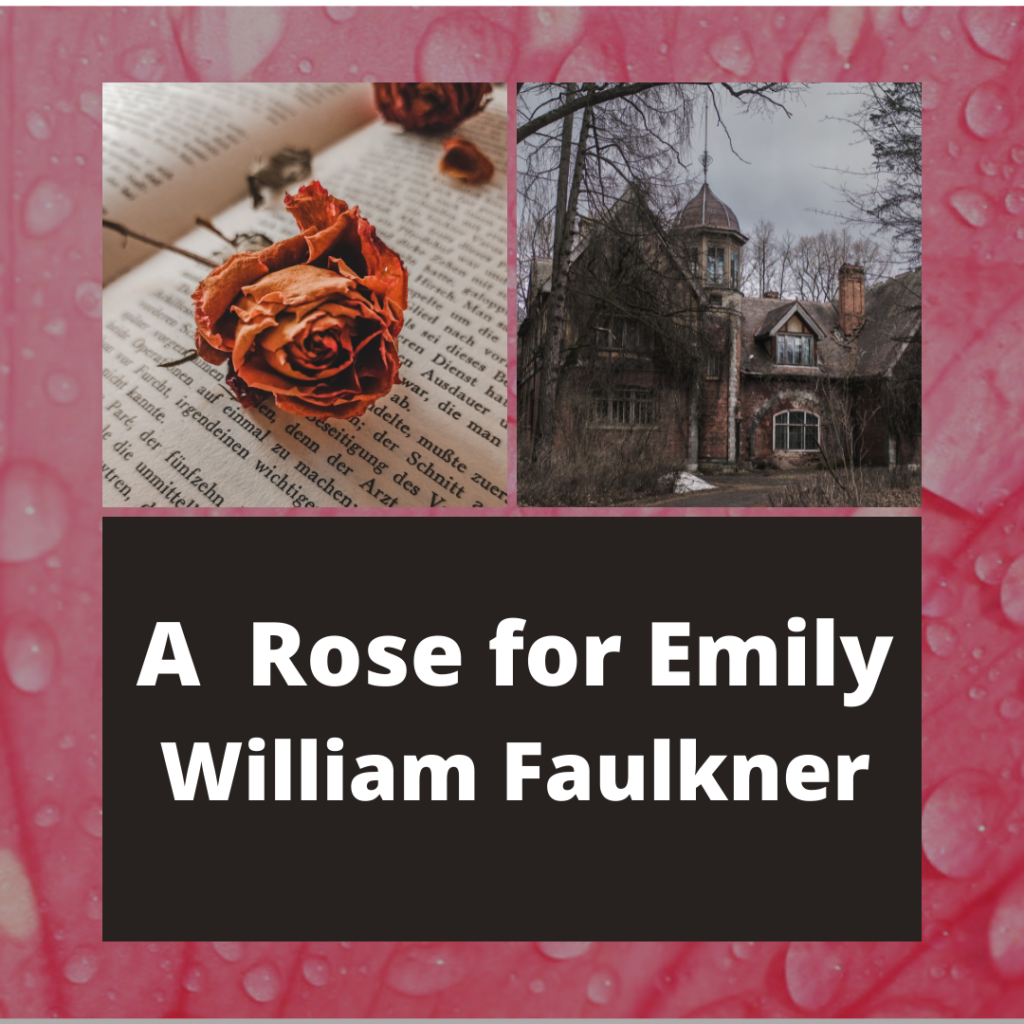
Analysis of William Faulkner’s Short Story: A Rose for Emily
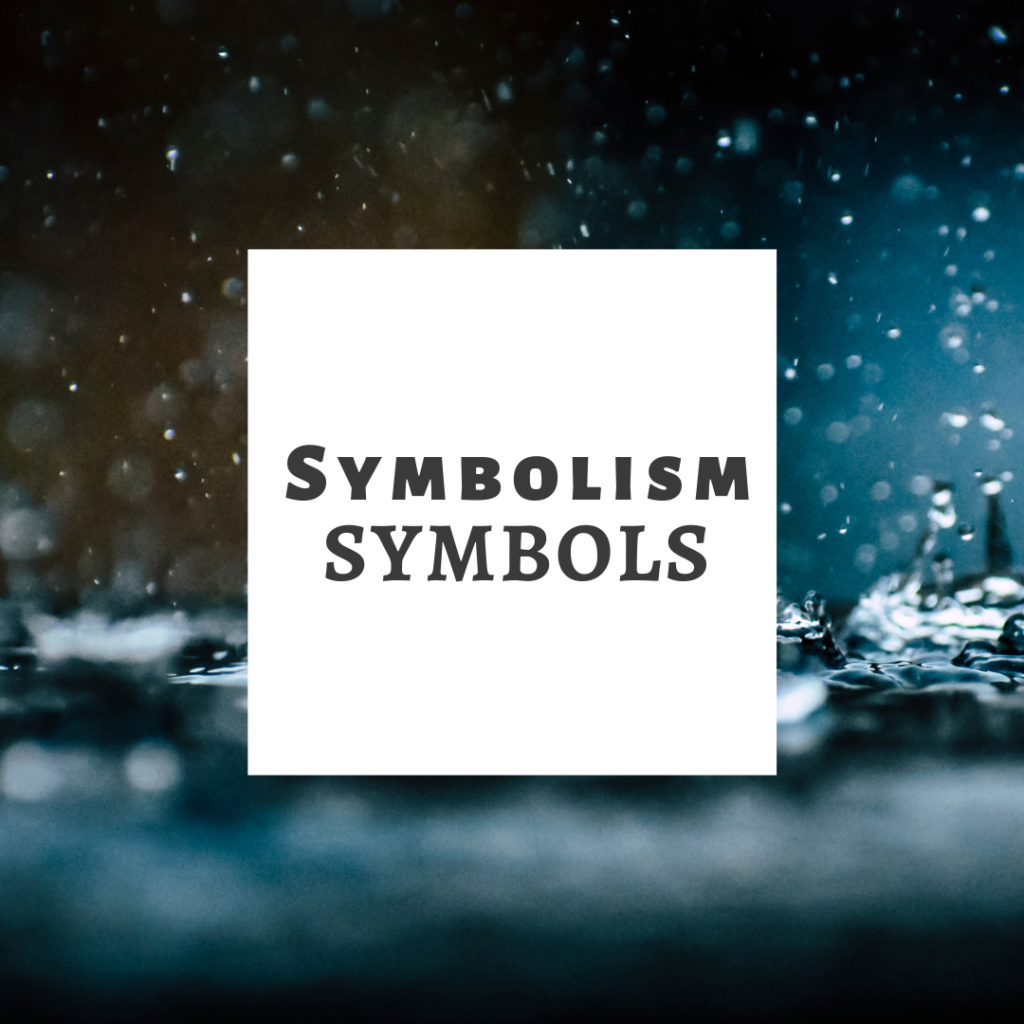
What Is A Symbol in Literature?
In literature, a symbol occurs when one word in writing suggests an understanding of something different. Although it is not a powerful symbol, a heart might symbolize love–in terms of visual symbolism.
Symbols are important in literature.
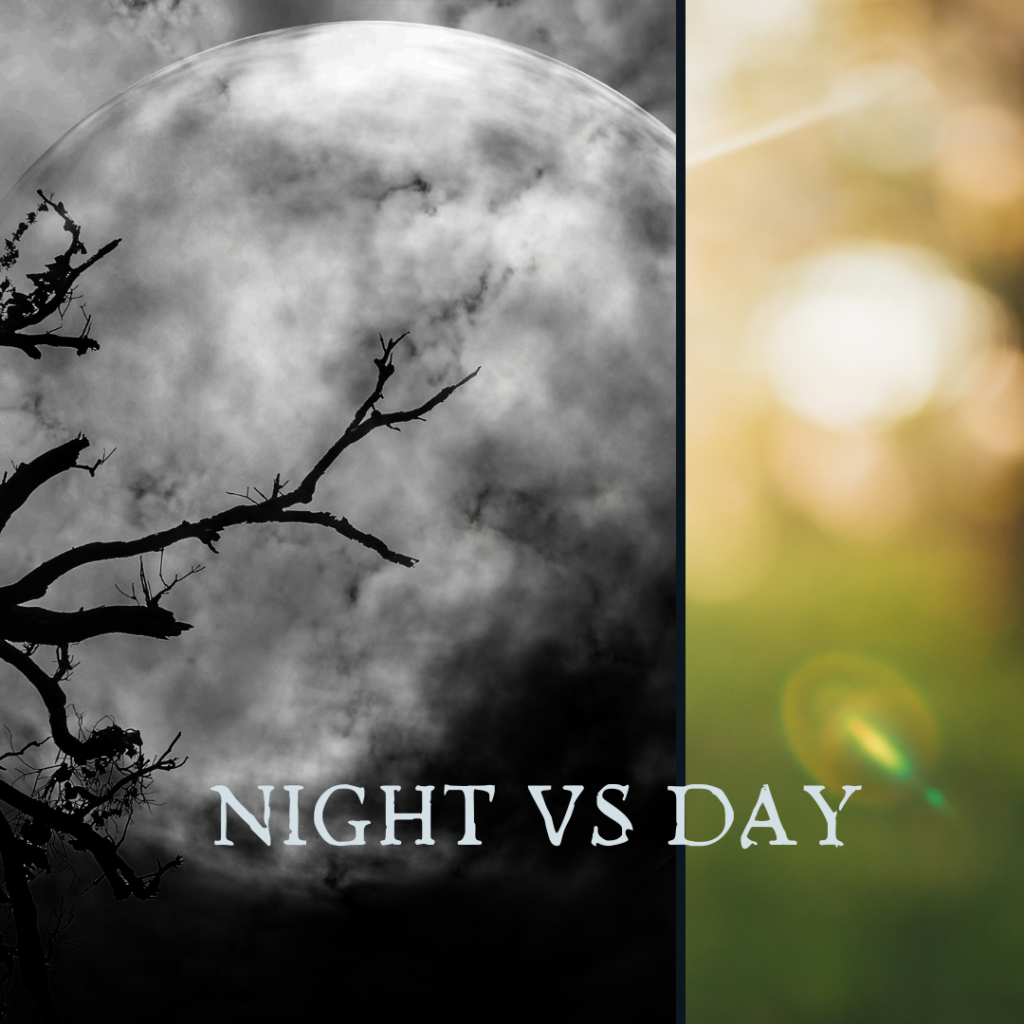
The night or darkness can be a symbol in literature.
Daytime or the sun can be another symbol in literature.
Darkness versus light is a major theme in literature.
When we learn to use figures of speech–metaphors and similes–in our writing, we begin to craft our writing toward literature–toward something greater than mere words.

Again — Your assignment for today is to add similes and metaphors to your sentences that describe November. This exercise will help you to learn to “see” with all of your powers of observation. It will help you begin to paint with words.
